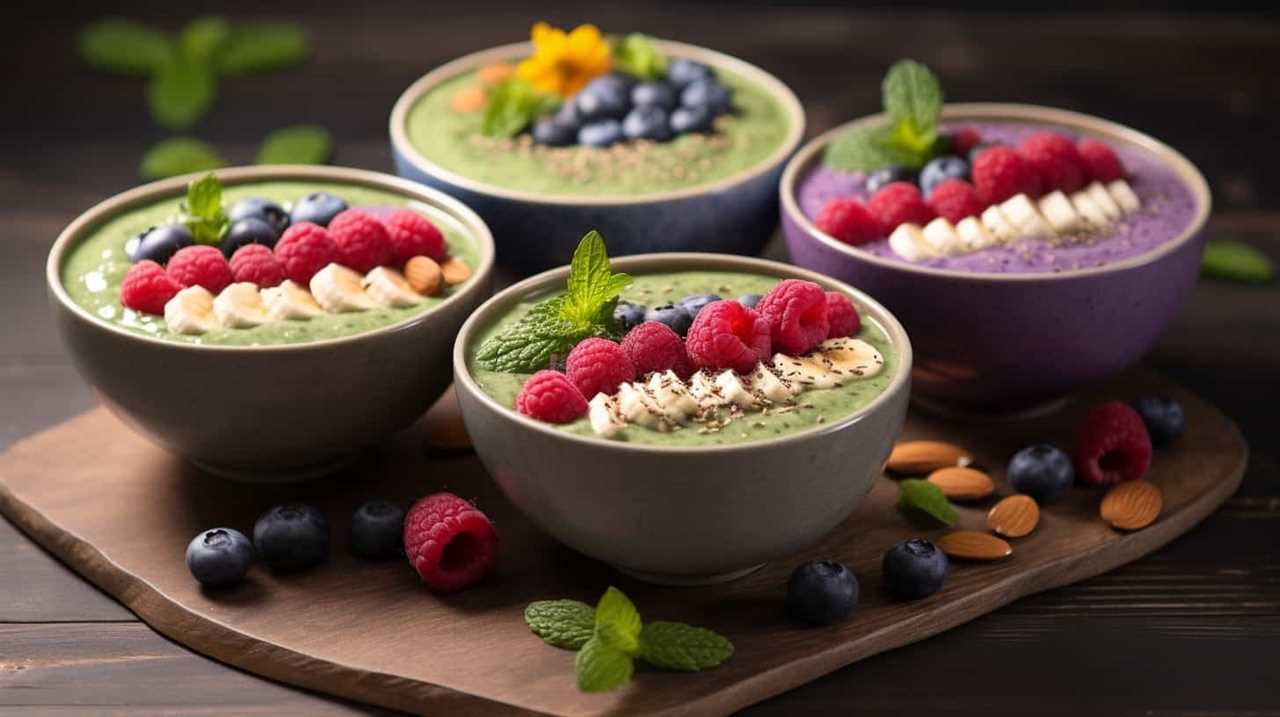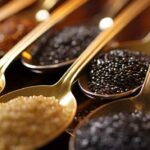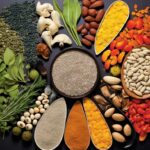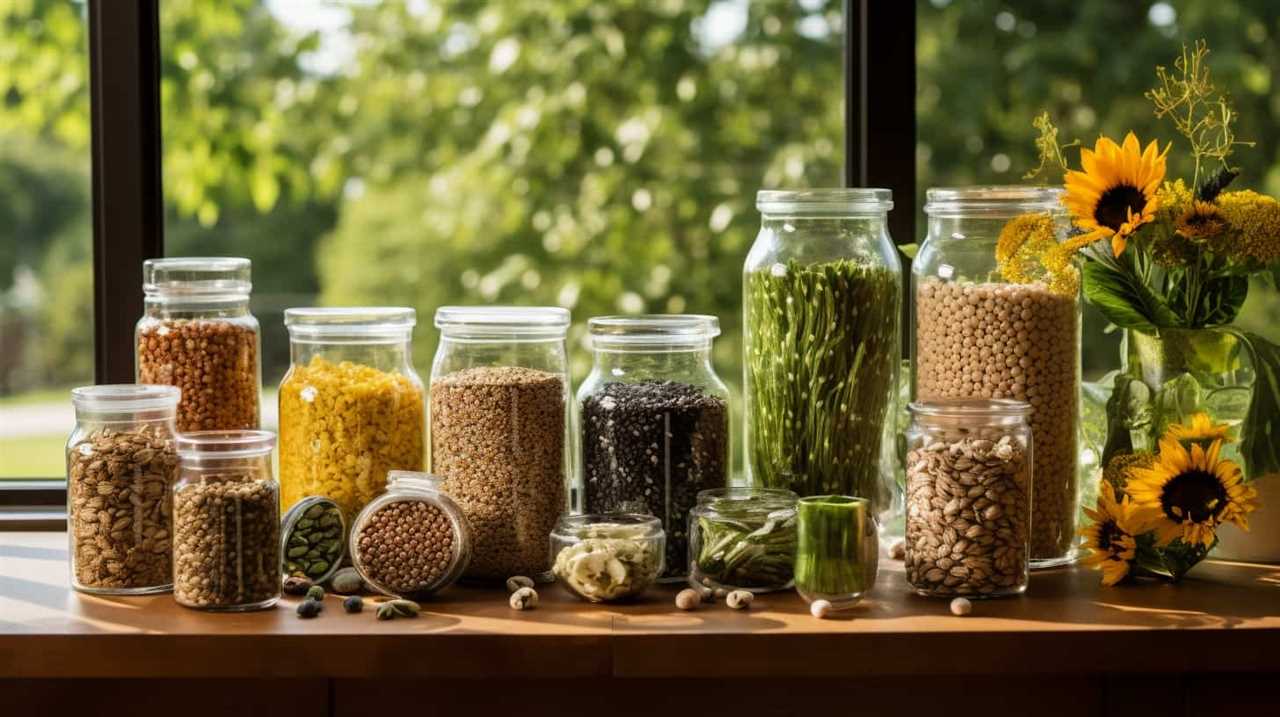Tired of relying on artificial methods to produce seeds? Look no further!
In this article, we, the experts in natural farming, will unveil 100% natural techniques for profitable seed production. Our step-by-step guide will empower you to take control of your seed production process, from soil preparation to post-harvest techniques.
Say goodbye to harmful chemicals and hello to sustainable, organic farming. Join us on this journey towards liberation and discover the true potential of natural seed production.
Key Takeaways
- Implement organic amendments and proper tillage techniques for soil preparation
- Utilize composting and vermicomposting techniques for nutrient-rich soil
- Practice crop rotation and sow green manure cover crops to prevent nutrient depletion
- Regularly inspect storage facilities for contamination
Soil Preparation
We prepare the soil using organic amendments and proper tillage techniques. For successful seed production, it’s essential to implement a comprehensive soil preparation strategy.
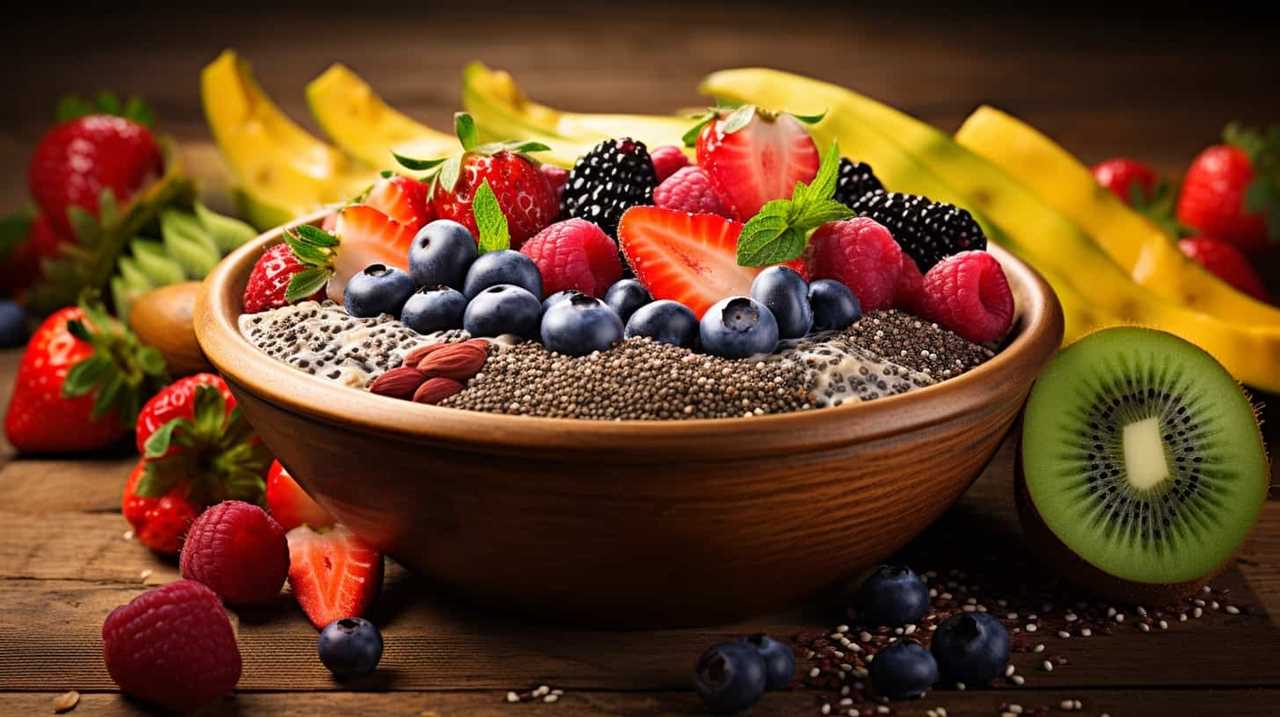
One crucial aspect is crop rotation, which involves systematically alternating crops in specific sequences. This practice helps break pest and disease cycles, enhances soil fertility, and reduces the risk of soil-borne pathogens. By rotating crops, we can effectively manage weed populations, improve nutrient availability, and promote overall soil health.
Additionally, cover crops play a vital role in soil preparation. These crops are grown primarily to protect and enrich the soil during fallow periods. They help prevent erosion, suppress weeds, and enhance soil structure by improving its organic matter content. Moreover, cover crops can fix atmospheric nitrogen, making it available for subsequent crops.
Incorporating both crop rotation and cover crops into our soil preparation practices ensures optimal conditions for profitable seed production.
Seed Selection and Treatment
After preparing the soil, we move on to selecting and treating the seeds for profitable production.
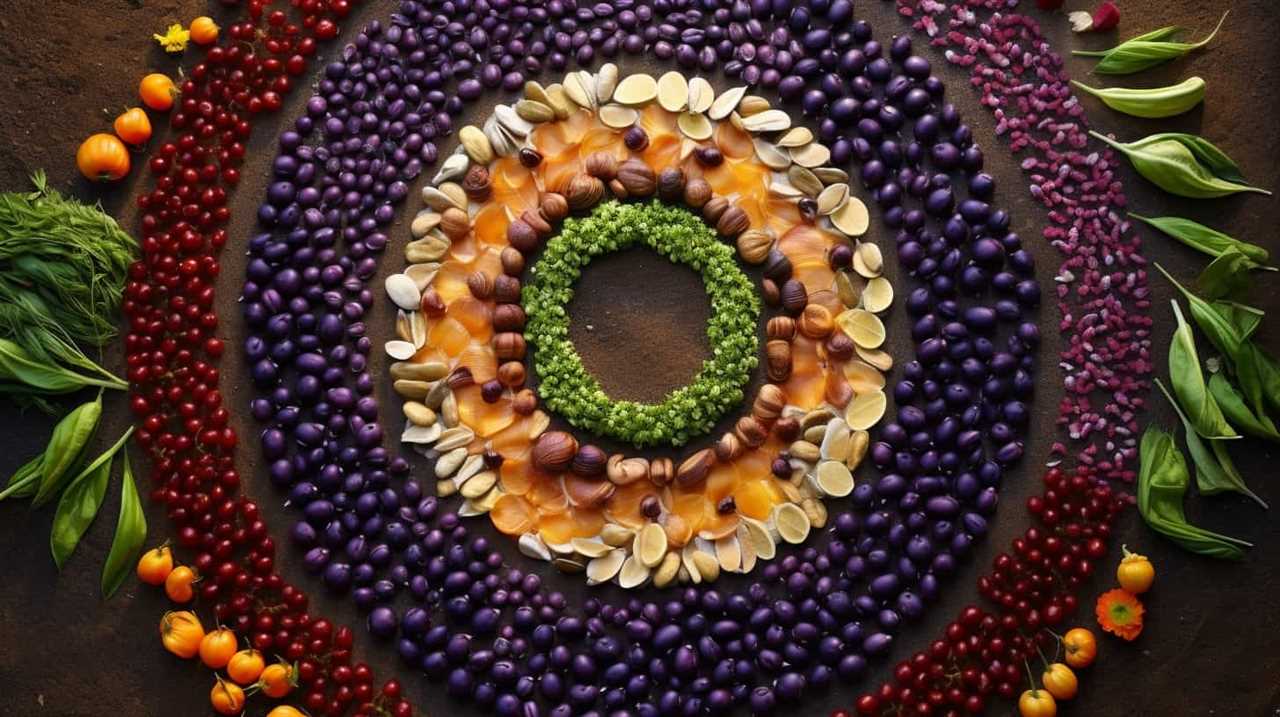
Seed selection is a crucial step in ensuring a successful crop. It’s important to choose seeds that are of high quality, genetically stable, and adapted to the local climate and soil conditions.
Additionally, seed storage plays a vital role in maintaining seed viability. Proper storage conditions, such as cool and dry environments, help to prolong seed viability.
Treating seeds before sowing can enhance germination rates and protect against pests and diseases. Various germination techniques, such as scarification and stratification, can be used to break seed dormancy and promote germination.
Treating seeds with natural substances like seaweed extracts or beneficial microorganisms can also stimulate plant growth and boost seedling vigor.
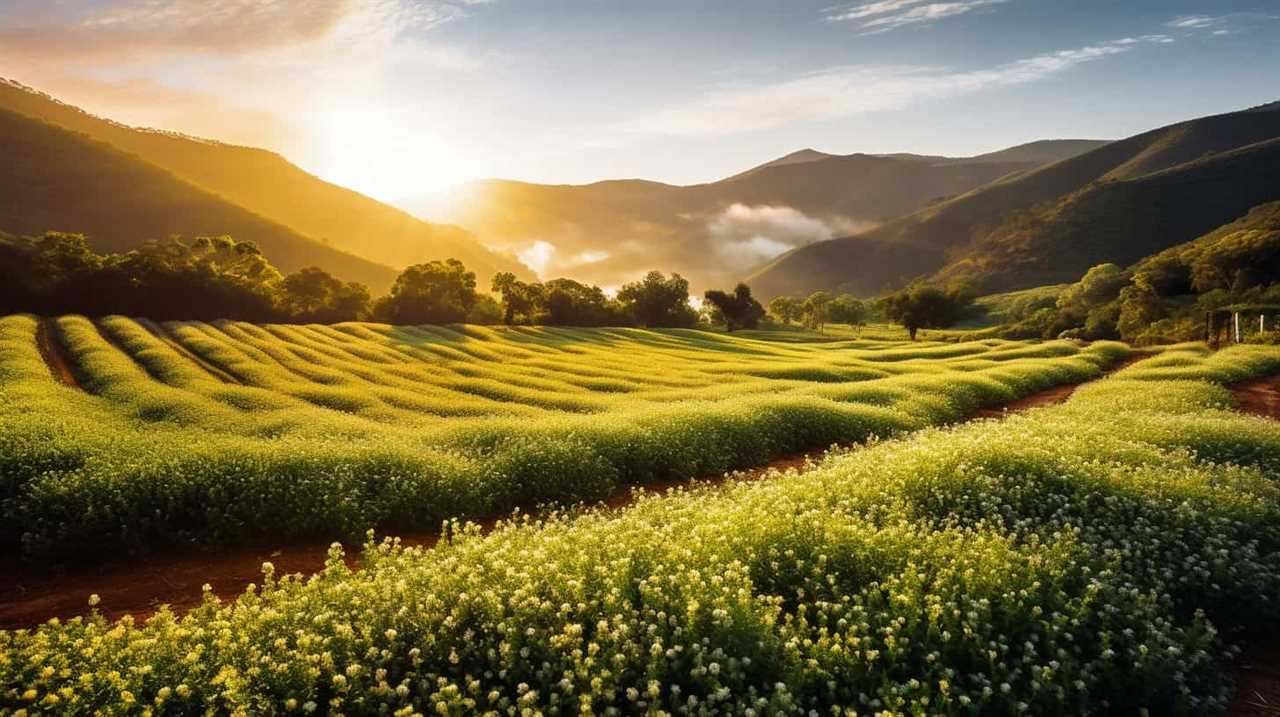
Organic Fertilization Methods
To ensure optimal growth and nutrient uptake, we implement organic fertilization methods in our seed production process. Here are four effective techniques we employ:
- Composting techniques: We utilize a mix of organic materials, such as plant waste, kitchen scraps, and manure, to create nutrient-rich compost. This compost is then spread across the fields to enrich the soil and provide essential nutrients for the growing plants.
- Vermicomposting methods: In addition to traditional composting, we also employ vermicomposting. This process involves using worms to break down organic matter and produce nutrient-rich worm castings. These castings are then incorporated into the soil, enhancing its fertility and promoting healthy plant growth.
- Crop rotation: We practice crop rotation to prevent nutrient depletion in the soil. By alternating the type of crops grown in a particular area, we reduce the risk of nutrient imbalances and maintain soil health.
- Green manure cover crops: We sow cover crops like legumes or grasses between production cycles. These crops help to suppress weeds, improve soil structure, and add organic matter when they’re plowed under.
Pest and Disease Management
Implementing effective pest and disease management techniques is crucial for ensuring the health and productivity of our seed production process. By adopting an integrated pest management approach, we can minimize the use of chemical pesticides and instead focus on preventive measures. One effective method is to cultivate disease resistant crop varieties, which possess natural resistance to common pests and diseases. These varieties not only reduce the need for chemical interventions but also promote biodiversity and ecological balance. Additionally, regular scouting and monitoring of fields enable early detection of any infestations, allowing for timely intervention. By implementing these strategies, we can maintain the health of our crops, minimize losses, and ensure a profitable seed production process.
| Integrated Pest Management | Disease Resistant Crop Varieties |
|---|---|
| – Minimizes chemical pesticide use | – Natural resistance to pests and diseases |
| – Promotes biodiversity and ecological balance | – Reduces the need for chemical interventions |
| – Early detection and timely intervention | – Ensures a profitable seed production process |
Harvesting and Post-Harvest Techniques
For successful seed production, we employ efficient harvesting and post-harvest techniques.
To ensure the highest quality seeds, we utilize the following drying and storage techniques:
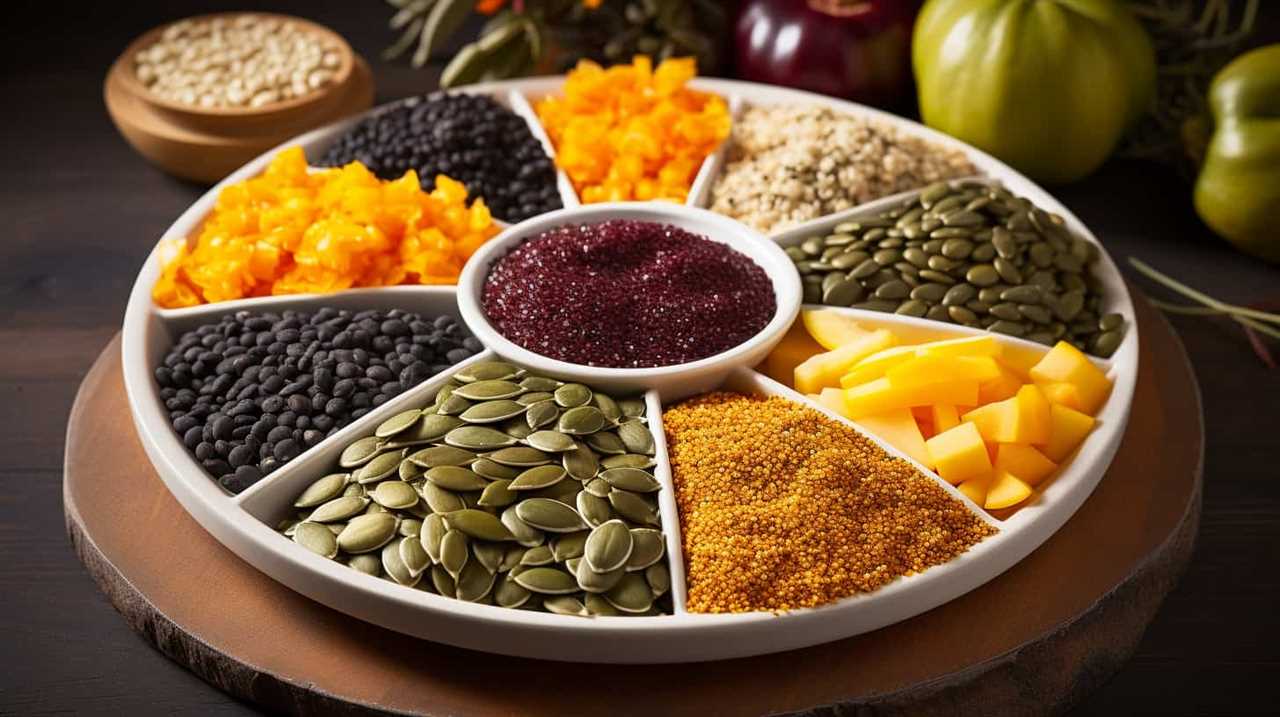
- Timely Harvest: We carefully monitor the maturity of the seeds and harvest them at the optimum time to ensure maximum viability and quality.
- Proper Drying: After harvest, we dry the seeds thoroughly to reduce moisture content and prevent mold or fungal growth. We use techniques like air drying or mechanical drying, depending on the seed type.
- Storage Conditions: We store the seeds in clean, dry, and well-ventilated containers to maintain their viability. Temperature and humidity control are crucial to prevent seed deterioration.
- Quality Control Measures: We implement strict quality control measures to assess seed purity, germination rates, and overall quality. Regular testing and inspection are conducted to ensure that only high-quality seeds are selected for further use.
Conclusion
In conclusion, by implementing these 100% natural techniques for profitable seed production, farmers can ensure a successful and sustainable harvest.
The careful preparation of the soil, selection and treatment of seeds, organic fertilization methods, and effective pest and disease management strategies all contribute to the overall success of seed production.
Additionally, proper harvesting and post-harvest techniques ensure the preservation of quality seeds.
By following these methods, farmers can achieve profitable seed production while promoting ecological balance and sustainability.
